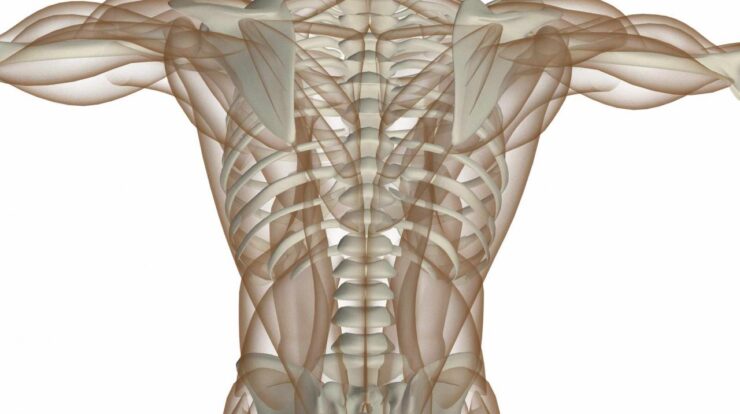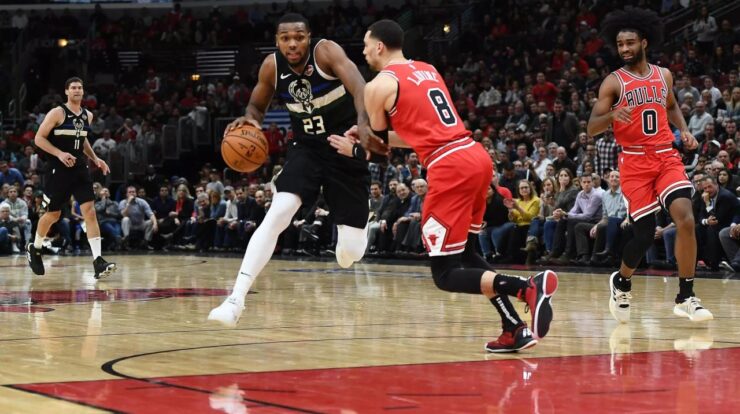
Back muscles, the unsung heroes of our musculoskeletal system, play a pivotal role in our overall health and fitness. From supporting our posture to enabling everyday movements, these muscles deserve our attention. This comprehensive guide delves into the anatomy, exercises, injuries, strengthening, and recovery aspects of back muscles, empowering you with the knowledge to maintain a strong and healthy back.
The back muscles, a complex network of muscles, include the trapezius, latissimus dorsi, and erector spinae. Understanding their location, function, and innervation is crucial for targeted exercises and injury prevention.
Back Muscles

The back muscles are a complex group of muscles that work together to support the spine, move the body, and maintain balance. They are divided into two main groups: the superficial muscles and the deep muscles.
Back Muscle Anatomy
The superficial back muscles are the ones that are visible on the surface of the body. They include the trapezius, latissimus dorsi, rhomboids, and erector spinae.
As we celebrate Happy Heavenly Mother’s Day , let us not forget the mothers who have passed away. Their memories live on through the love they shared with their families. May they rest in eternal peace.
- Trapezius:The trapezius is a large, triangular muscle that extends from the base of the skull to the middle of the back. It is responsible for shrugging the shoulders and rotating the head.
- Latissimus dorsi:The latissimus dorsi is a large, fan-shaped muscle that covers the lower back and sides of the body. It is responsible for pulling the arms down and back.
- Rhomboids:The rhomboids are two small, diamond-shaped muscles that lie between the shoulder blades. They are responsible for retracting the shoulder blades.
- Erector spinae:The erector spinae is a group of three muscles that run along the length of the spine. They are responsible for extending the spine and rotating the body.
The deep back muscles are located beneath the superficial muscles. They include the multifidus, rotatores, and interspinales.
- Multifidus:The multifidus is a group of small muscles that run along the length of the spine. They are responsible for stabilizing the spine and preventing it from rotating.
- Rotatores:The rotatores are a group of small muscles that run between the vertebrae. They are responsible for rotating the spine.
- Interspinales:The interspinales are a group of small muscles that run between the spinous processes of the vertebrae. They are responsible for stabilizing the spine.
Back Muscle Exercises
There are a variety of exercises that can be used to target the back muscles. Some of the most effective exercises include:
- Pull-ups:Pull-ups are a compound exercise that works the latissimus dorsi, trapezius, and rhomboids.
- Rows:Rows are a compound exercise that works the latissimus dorsi, trapezius, and rhomboids.
- Deadlifts:Deadlifts are a compound exercise that works the erector spinae, hamstrings, and glutes.
- Back extensions:Back extensions are an isolation exercise that works the erector spinae.
- Hyperextensions:Hyperextensions are an isolation exercise that works the erector spinae.
When performing back exercises, it is important to use proper form to avoid injury. Be sure to keep your back straight and your core engaged. Do not arch your back or lift with your legs.
Whatever your choice, remember to send Happy Mother’s Day greetings to all the special women in your life who deserve recognition for their love and dedication.
Back Muscle Injuries
The back muscles are susceptible to a variety of injuries, including:
- Strains:Strains are tears in the muscle fibers. They can be caused by overexertion, improper lifting technique, or a sudden injury.
- Sprains:Sprains are tears in the ligaments that connect the muscles to the bones. They can be caused by a sudden twist or turn of the body.
- Herniated discs:Herniated discs occur when the soft, jelly-like center of a spinal disc pushes through the tough outer layer. They can cause pain, numbness, and weakness in the back and legs.
- Sciatica:Sciatica is a condition that occurs when the sciatic nerve, which runs from the lower back down the leg, is compressed. It can cause pain, numbness, and weakness in the leg.
If you experience any pain or discomfort in your back, it is important to see a doctor to rule out any serious injuries.
The question of whether to say Happy Mother’s Day to a pregnant woman is a matter of personal preference. Some people believe it’s appropriate, while others prefer to wait until the baby is born.
Back Muscle Strengthening, Back muscles
Strong back muscles are important for overall health and fitness. They help to support the spine, improve posture, and reduce the risk of injury. There are a number of things you can do to strengthen your back muscles, including:
- Exercise regularly:Regular exercise is one of the best ways to strengthen your back muscles. Be sure to include exercises that target all of the major muscle groups in your back.
- Use proper form:When performing back exercises, it is important to use proper form to avoid injury. Be sure to keep your back straight and your core engaged.
- Gradually increase the weight:As you get stronger, you can gradually increase the weight you are lifting. This will help to continue to challenge your muscles and promote growth.
- Eat a healthy diet:A healthy diet is essential for muscle growth and recovery. Be sure to eat plenty of protein, carbohydrates, and healthy fats.
- Get enough sleep:Sleep is essential for muscle recovery. Be sure to get 7-8 hours of sleep each night.
Back Muscle Recovery
After a back workout, it is important to allow your muscles time to recover. Here are some tips for recovering from back muscle workouts:
- Rest:After a back workout, it is important to rest for 24-48 hours before working out your back again. This will give your muscles time to recover and rebuild.
- Nutrition:Be sure to eat a healthy diet after a back workout to promote muscle recovery. Eat plenty of protein, carbohydrates, and healthy fats.
- Hydration:Drink plenty of fluids after a back workout to stay hydrated. Dehydration can slow down muscle recovery.
- Massage:Massage can help to reduce muscle soreness and promote relaxation. Get a massage after a back workout to help your muscles recover.
- Stretching:Stretching can help to improve flexibility and reduce muscle soreness. Stretch your back muscles after a workout to help them recover.
Ending Remarks

Incorporating back strengthening exercises into your fitness routine is essential for overall health and fitness. Regular exercise, proper form, and adequate recovery are key to building a strong and resilient back. By following the guidelines Artikeld in this guide, you can effectively strengthen your back muscles, minimize the risk of injuries, and reap the benefits of a healthy and pain-free back.
FAQ Resource: Back Muscles
What are the most common back muscle injuries?
Strains, sprains, and herniated discs are among the most prevalent back muscle injuries.
How can I strengthen my back muscles?
To all the amazing moms out there, Happy Mother’s Day ! Your love, guidance, and support have made us who we are today. Thank you for everything you do.
Exercises like rows, pull-ups, and deadlifts effectively target and strengthen back muscles.
What is the importance of back muscle recovery?
For those looking to express their gratitude in a different language, “Happy Mother’s Day” in German is “Frohen Muttertag.” Wishing all mothers a Happy Mother’s Day in German !
Adequate rest, nutrition, and hydration are crucial for muscle recovery and growth.







